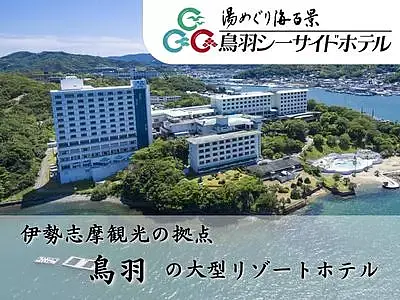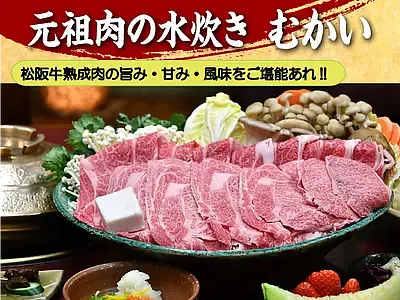お伊勢さん菓子博:巨大工芸菓子制作の舞台裏、5チームのリーダーに聞く
掲載日:2017.04.21
全国菓子大博覧会・三重(お伊勢さん菓子博)の最大の見どころは、会場内の「お菓子のテーマ館」に登場する巨大工芸菓子の展示です。
参宮客でにぎわう様子を描いた歌川広重の浮世絵「伊勢参宮 宮川の渡し」の世界を、県内100人を超える和、洋の菓子職人らが、幅約10メートル、奥行き約5.5メートルの圧巻のスケールで再現。
巨大工芸菓子の各パーツに取り組んだ全5チームの舞台裏を紹介します。
(記事提供:伊勢新聞社)
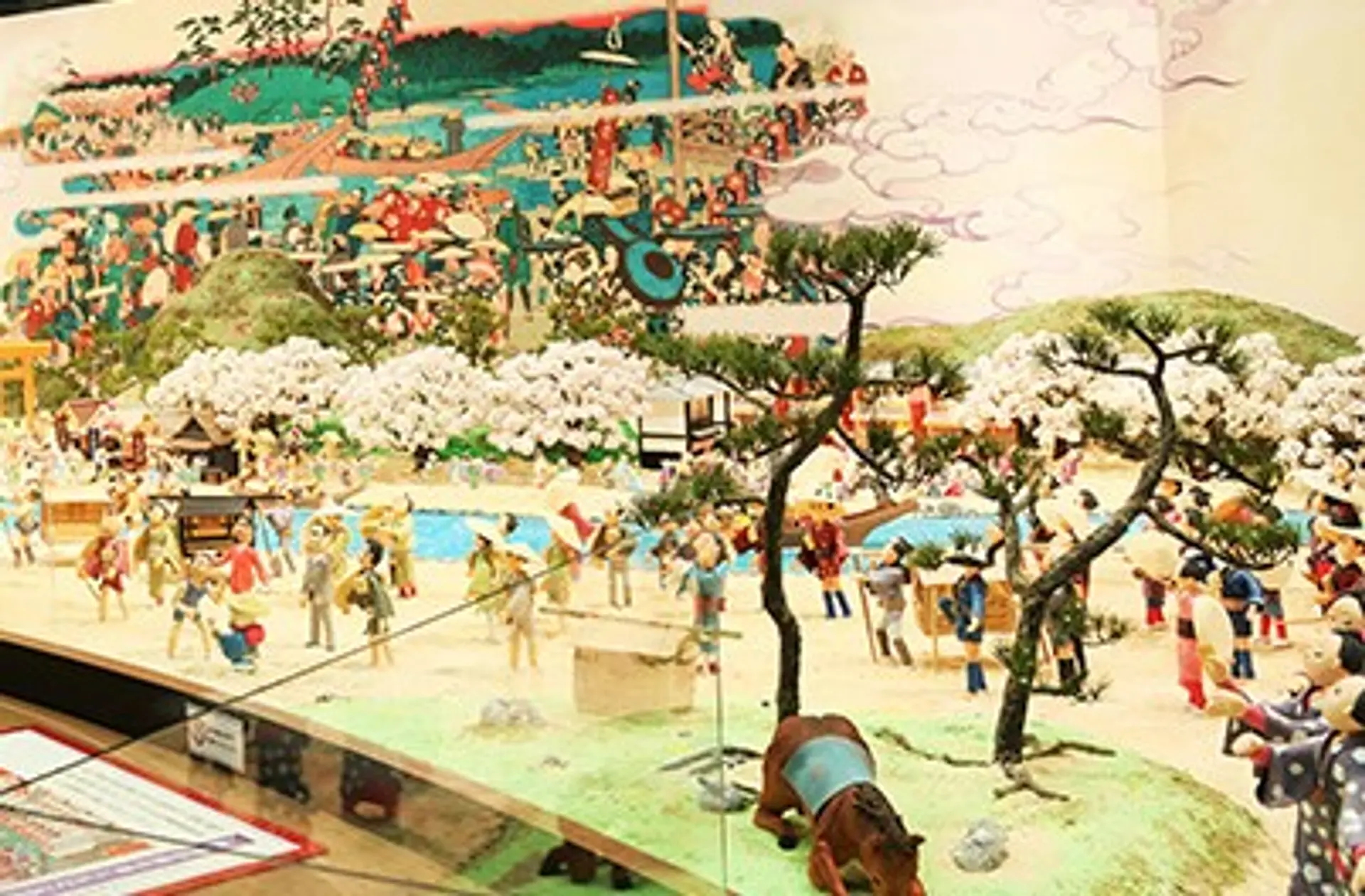
参宮客でにぎわう様子を描いた歌川広重の浮世絵「伊勢参宮 宮川の渡し」の世界を、県内100人を超える和、洋の菓子職人らが、幅約10メートル、奥行き約5.5メートルの圧巻のスケールで再現。
巨大工芸菓子の各パーツに取り組んだ全5チームの舞台裏を紹介します。
(記事提供:伊勢新聞社)
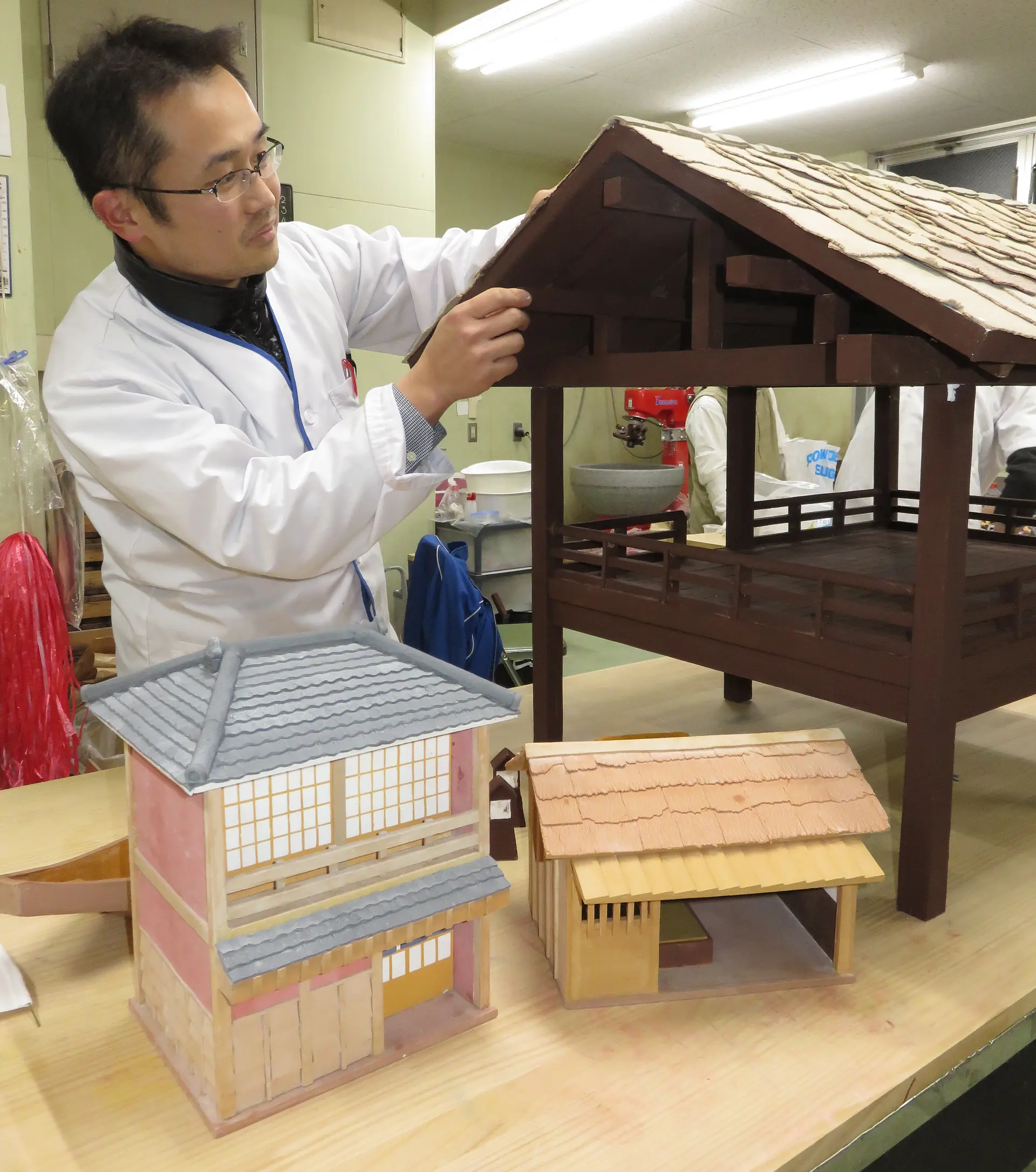
南勢地区の和洋菓子職人有志14人が担当したのは、街道沿いの茶屋や渡しの船、伊勢神宮内宮の正殿や宇治橋、古市遊郭の妓楼など建築物。一番大きな東屋は縦1メートル、横70センチ、高さ70センチあります。
菓子というものの、作業はまるで建築のよう。平面の浮世絵から立体を表現するため、リーダーの野村さんは設計図作りに力を注ぎました。
「神宮の建物を見に行ったり本を参考にしたり。設計士の弟にアドバイスを受けながら、図面作りには苦労しました。」と振り返ります。
粉糖とコーンスターチ、ゼラチンを混ぜて生地を作り、図面に従いパーツを切り出していきます。乾燥させ、サンドペーパーで削るなどミリ単位で調整し、組み立てます。
さまざまな道具を活用して屋根瓦や木材の質感を出し、エアブラシや筆で色付け。障子やちょうちんなど細かい装飾や内装まで手を抜くことはありません。野村さんは「チーム建物は別名『南勢工務店』です」と笑います。夏場、湿度が高くなって溶け出し、作り直したことも。
「通常の仕事をしながら寝る間も惜しんで取り組みました。職人が力を合わせたスケールの大きな作品で大勢の来場者を驚かせたいですね」。
【写真説明】茶屋や東屋などの建物を工芸菓子で表現する職人=伊勢市内で
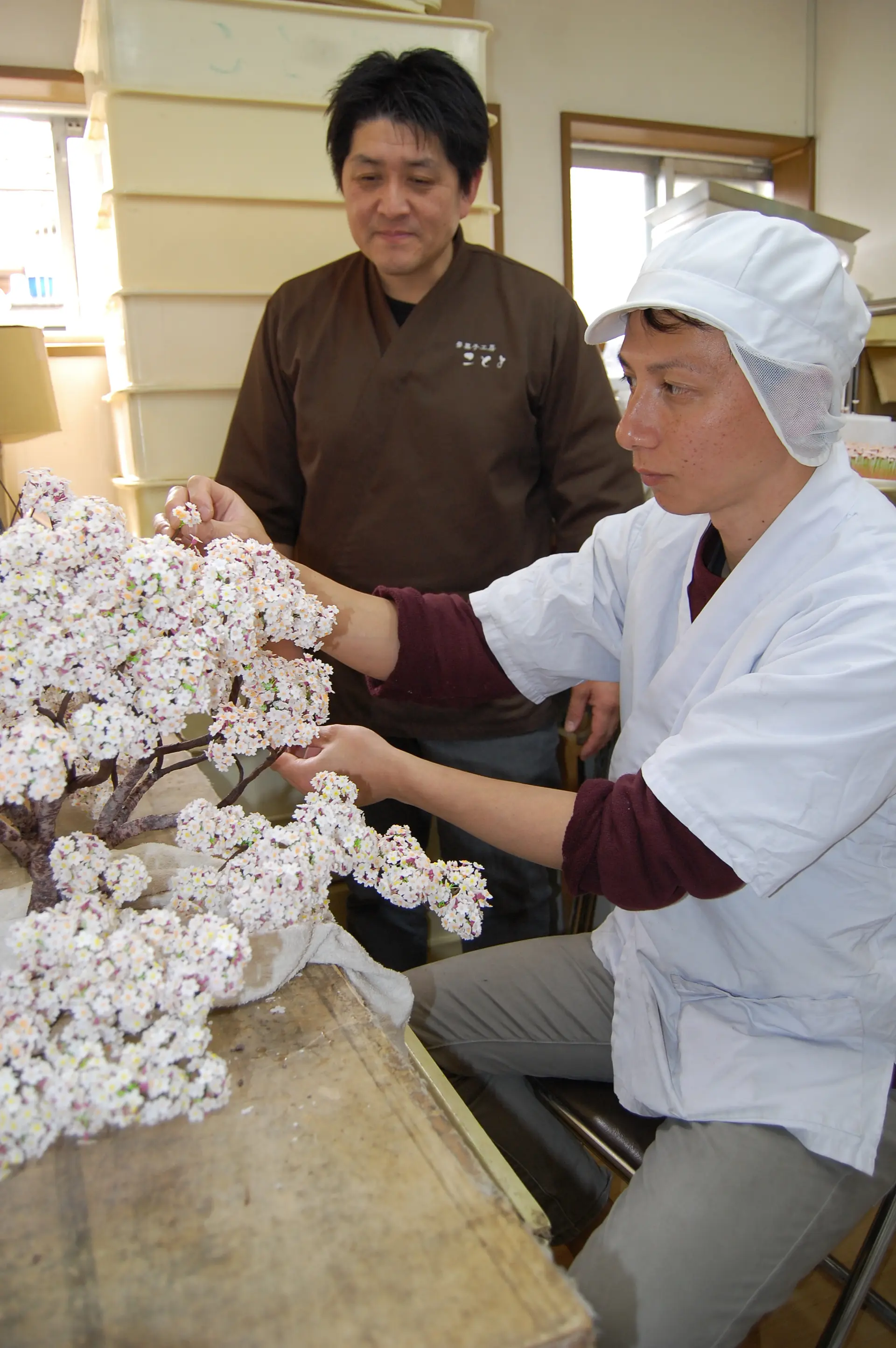
北勢地域の15の和菓子店の店主と店で働く若手の職人らの総勢28人で、チーム名のとおり、16本の「桜」を手掛けました。花も幹も全て、粉糖と寒梅粉を混ぜ合わせ、湯を加えて練った「雲平(うんぺい)」でできています。
花は、薄く延ばした雲平生地を抜き型で抜き、1つ1つ押し棒で花脈を付け、“しべ”となるイラ粉(もち米を蒸して細かく砕いたもの)を取り付けます。その数、一枝に6000輪、全部で10万輪にもなる―というから驚きです。
会場では最も近い場所から見ても、実際には花脈やしべまでは目視はできませんが、一切の妥協を許さず、気の遠くなるような作業を続けてきました。
メンバーの1人、四日市市西日野町の「夢菓子工房ことよ」の大石尚史(ひさし)工場長(38)は「イメージどおりに仕上げるのが難しかった」と振り返ります。
題材となった浮世絵に、実際には桜は描かれてはいません。歌川広重が描いた世界と、桜の名所として親しまれる今の宮川が、この工芸菓子で1つになりました。
チームをけん引してきたリーダーの岡本社長は「和洋菓子の職人が結集した技を、ぜひ会場で、自分の目で確かめてみてほしいです」と話していました。
【写真説明】制作する大石工場長(右)と、その姿を見守る岡本社長=四日市市西日野町の「夢菓子工房ことよ」で
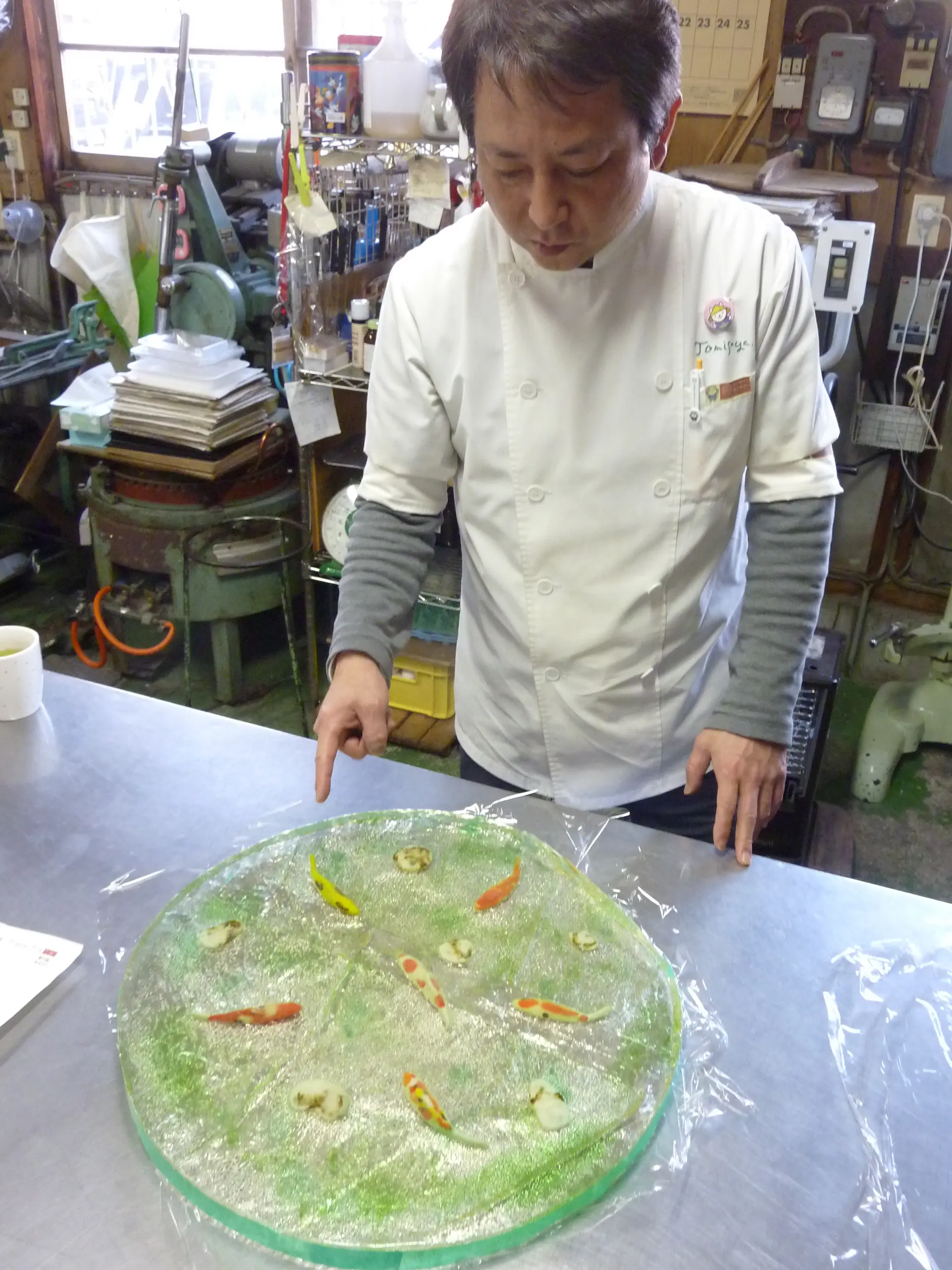
シンボル展示制作の統括責任者で、展示の中では山や川、海、夫婦岩、海中生物といった自然物の制作を担当した早川賢さん。
特に川や海を菓子でどのように表現するか頭を悩ませましたが、あめのキラキラした状態で水を表現するという前代未聞のことにチャレンジ。菓子職人として、自然物を菓子で表現することにこだわりました。
あめは、空気中の水分を吸着してベトつきますが、これを業界では「泣く」といいます。その「泣いた」キラキラした質感で川や海を表現しました。
あめは湿度によって状態に変化が起こりやすく、長期間同じ状態を保つのは難しいため、昨年の同じ気候の時季に制作実験を繰り返し、最適な方法を考え出しました。
展示の背景に当たる山は、スポンジ(カステラ)を山の形に敷き詰めて、その上に落雁を張り付けて作りました。シンボル展示の制作だけで砂糖など合計約12トンもの原材料を使っています。
「自然物を作った私だけでなく、三重県の職人さんが手分けして、桜、松、建物、人形をそれぞれ技術を駆使して作りました。その技の数々を見に来ていただきたいです」。
【写真説明】あめで制作した川の一部を紹介する早川さん=四日市市天カ須賀で

お伊勢参りでにぎわう風景に奥行きを添える大小の松の木31本を、中勢地区の和菓子職人17人が制作。
1本の木に使う松葉は小さいもので2,500本、大きいものだと7,000本が必要で、計10万本の松葉を昨年3月から作り始めました。
餅粉、砂糖、あんで作った生地を米粒ほどの大きさから細い針金状に延ばして松葉にし、枝状に束ねて組み合わせます。幹は質感の違う生地を合わせて表皮の亀裂を丁寧に表現していきます。
工芸菓子では形の整った盆栽や庭園の松を表現することが多いのですが、今回は自然な立ち木がモチーフ。生える場所で形が違うことから各所に出向いて松を観察し、その場で針金の骨組みを組んだものもあるとのこと。
終わりの見えない松葉10万本の作業は過酷を極めましたが、伊藤正博さん、山川浩道さんの2人のサブリーダーに支えられ乗り切ることができたといいます。
見どころは、二見浦の夫婦岩付近にある3本の松。大きいものは幅、高さ共90センチります。浮世絵どおりに枝ぶりを作った丘の上の松13本にも注目です。
「松は脇役だけど、実際以上の奥行きを感じられるよう大きさも工夫しました。皆が結束した成果を見てほしいです」。
【写真説明】松の木を制作する川嶋代表=津市内で
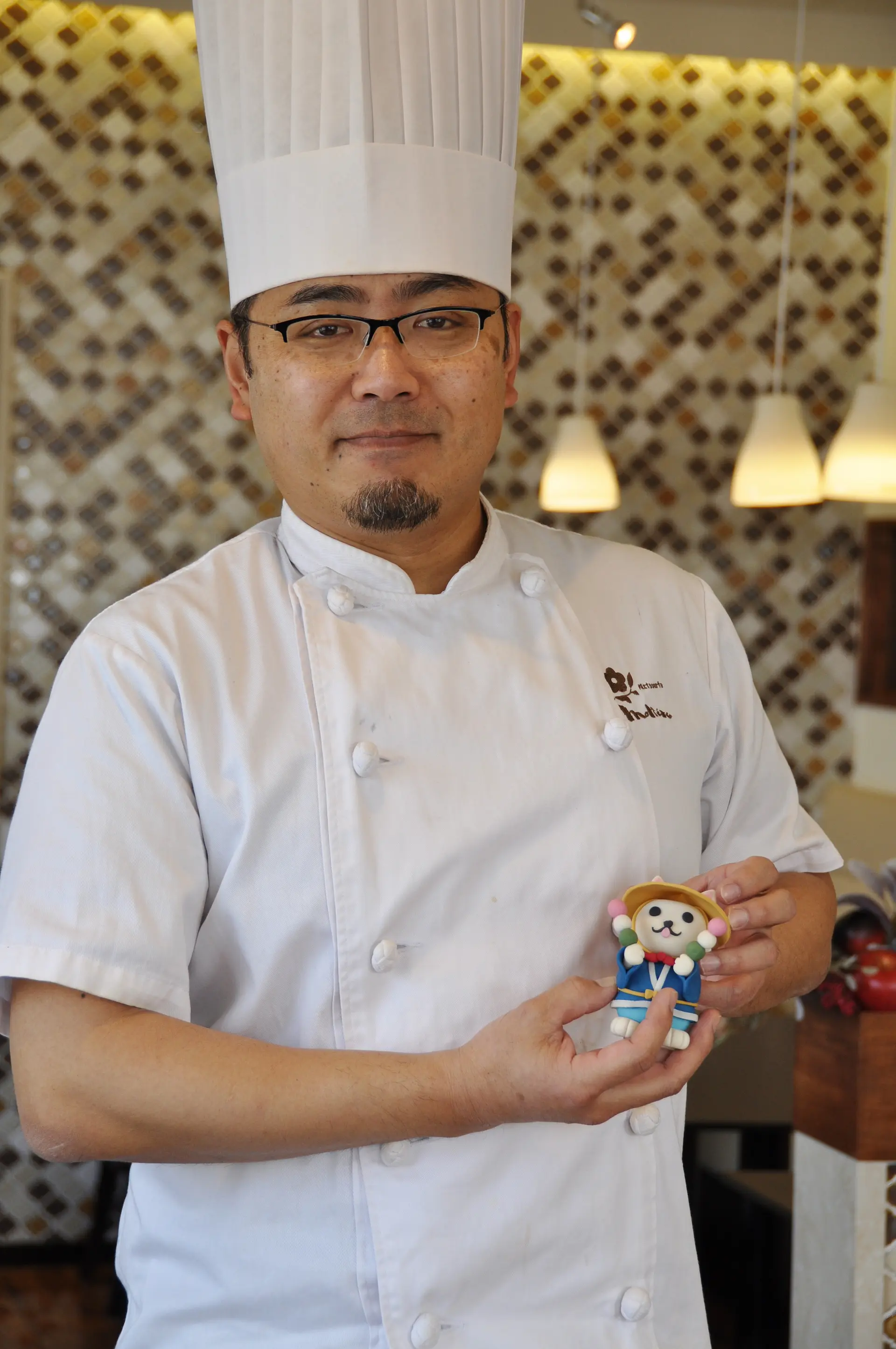
歌川広重の浮世絵「伊勢参宮 宮川の渡し」をモチーフに、巨大工芸菓子作りに挑戦するチームパティシエのメンバー49人は、全国から参詣に訪れた老若男女の人形250体余を作り上げました。
およそ1年前から準備に取りかかり、素材を確定するまでに3カ月。時間がたつと、試作した人形たちにひび割れや色あせが。砂糖とゼラチンを練ったパステヤージュ生地と、粉末アーモンドにシロップを混ぜたマジパン生地の割合を試行錯誤しながら、人形の手指などの細かい部分の作業性に加え、強度も高めることができました。
人形制作は、頭部、胴体、手足など各パーツに分かれ、作風をそろえています。渡し船に乗り込む人々や船頭、茶店でくつろぐ男女など、表情豊かな人形が仕上がりました。
和菓子職人らが絵図を基に忠実に再現した山川や松、桜満開の風景の中で、人形たちのおしゃべりが聞こえてきそうなにぎわいを演出しています。
「リアリティーあふれる松や桜と、夢のある愛らしい人形との『和洋の融合』を楽しんでいただきたい」。
【写真説明】チームパティシエの竹内リーダー=四日市市笹川で
○イベント情報:お伊勢さん菓子博2017特設サイト
○特集記事:お伊勢さん菓子博2017開催中!菓子博と一緒に回りたい三重県の観光スポット特集
○取材レポート:日本最大級のお菓子の祭典「お伊勢さん菓子博2017」開幕!早速取材に行ってきました!
○取材レポート:白い赤福?菓子博限定「赤福餅 祝盆」の白あん赤福に注目 「お伊勢さん菓子博2017」開幕100日前PRイベント
○取材レポート:お伊勢さん菓子博「巨大工芸菓子に挑む」和洋菓子職人インタビュー
【お伊勢さん菓子博のモデルコース】
・お伊勢さん菓子博2017と一緒に伊勢神宮参拝!電車とバスで巡るコース
お伊勢さん菓子博の魅力を紹介している動画も、ぜひご覧ください。
お菓子の歴史と文化を後世に伝え、お菓子産業の振興を図るため、ほぼ4年に1度開催されてきた「全国菓子大博覧会」。
1911年に東京で「第1回帝国菓子飴大品評会」として始まり、東海エリアでは1977年静岡以来の40年ぶり、三重では初めての開催となります。
ぜひ、お越しください。
お伊勢さん菓子博のキャラクター「いせわんこ」がお待ちしています!

